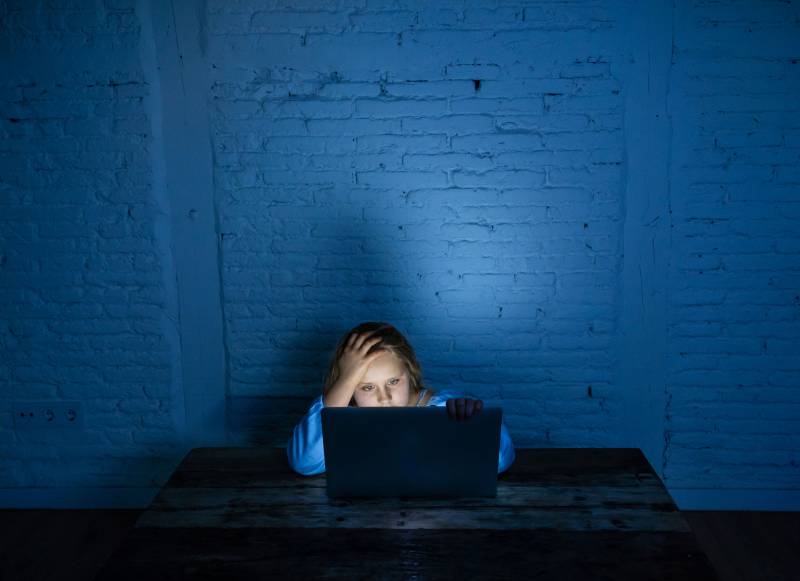When shelter-in-place orders sent everyone home, calls to the hotline dropped dramatically. But as the year went on they crept back up, according to Carlos Torres, division chief of the Child Protection Hotline.
“Right now we’re getting 600 calls and online reports a day. Whereas if it was not COVID, we probably would be getting between 750 and 850 a day,” Torres said.
Cagle also said the number of children removed from their parent(s) or guardian during 2020 due to suspected abuse or neglect showed a minimal increase from the year prior. “The removals actually did go up a little bit, but if you’re looking at it percentage wise, we remained relatively constant,” Cagle said.
But shuttered courts have meant fewer open cases were closed and fewer adoptions were finalized in 2020. The net result was that many children who would have had their cases closed did not — and they remain in an already overburdened system.
Isolation for Kids and Parents — Swelling Caseloads for Lawyers
“The impact on the children has been significant,” said Leslie Heimov, executive director of the Children’s Law Center of California, which provides an attorney to every child who is removed from their parents due to issues of abuse or neglect. When the pandemic hit, in-person, supervised visits between those children and their parents were mostly stopped.
“There’s been a significant decline in the amount of face-to-face contact that children are having with their parents, with their siblings, with their extended family,” Heimov said. “Ironically, a foster parent could make a decision to bring their foster child with them when they went to visit their own sister or their next-door neighbor, but the child and their own parents might have been prohibited from seeing each other.”
Even well-intentioned changes – like case extensions to help parents comply with court orders – have caused hardship, Heimov added.
“Giving a family an extra six months, a year down the road to reunify doesn’t undo the damage that was perpetrated when they were physically separated from each other for three months, six months, nine months, however long it was that they weren’t able to have that incredibly important face-to-face contact.”
Heimov also worries that the slowdown in the processing of cases may end up having a negative impact on some parents’ ability to reunite with their children at all.
“We know that there’s been a significant increase in mental health distress throughout the whole country, so a parent who’s already fragile or a child who’s already fragile who has an interruption in their services or an interruption in their mental health treatment, that’s compounded by the stress of the pandemic and by the separation,” she said. “Then we may lose some parents who should have reunified and who were doing well, but this was just the straw that broke the camel’s back.”

